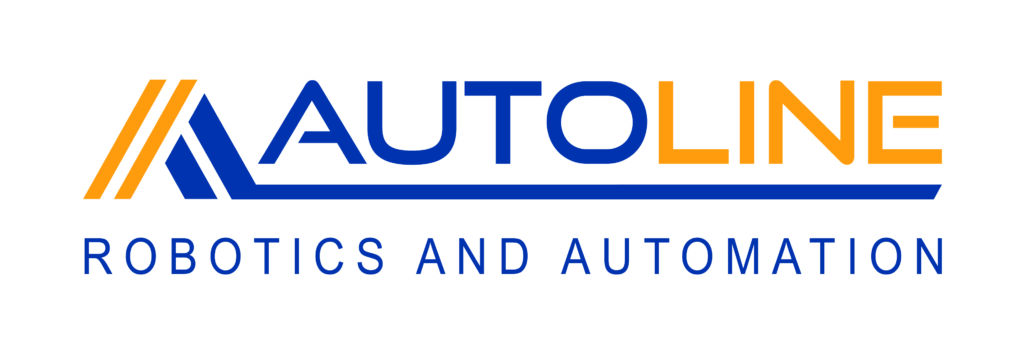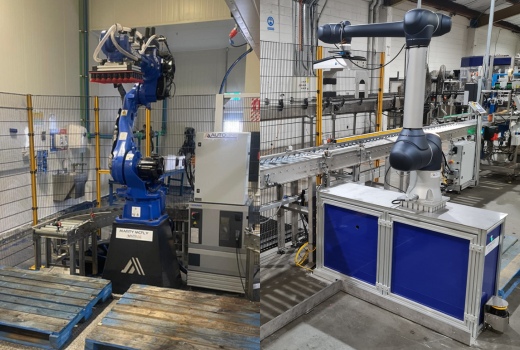Collaborative robots, or cobots, are revolutionizing the way the engineering industry operates by providing a cost-effective and flexible automation solution. In this blog post, we will explore the top 4 advantages of using cobots in the engineering industry, including their ease of use, flexibility, safety, and affordability. Let’s dive in and see how cobots are transforming the future of engineering.
1. Increased productivity: Collaborative robots can work alongside human workers, freeing up employees to focus on more skilled tasks while the cobots handle repetitive and time-consuming jobs. This can lead to increased productivity and higher output.
2. Improved safety: Cobots are designed to work safely alongside humans, with built-in sensors and other safety features that help prevent accidents. This is particularly important in engineering applications, where workers may be exposed to dangerous machinery.
3. Labor savings: The cost of labor is increasing, particularly as minimum wages continue to rise. By using cobots to automate certain tasks, engineering companies can reduce their reliance on human labor and save money in the long run.
4. Flexibility: Cobots are designed to be easily reprogrammed and reconfigured, making them well-suited for engineering applications where tasks may change frequently. They can be quickly adapted to handle new processes and products, improving overall efficiency and reducing downtime.
In addition to the benefits outlined above, cobots can be used in a variety of engineering applications, including CNC machine tending, welding, grinding, spray painting, and deburring. By leveraging the flexibility, safety, and affordability of cobots, engineering companies can automate repetitive and time-consuming tasks, reduce labor costs, and improve overall efficiency. As cobot technology continues to advance and become more accessible, we can expect to see even greater adoption in the engineering industry.





